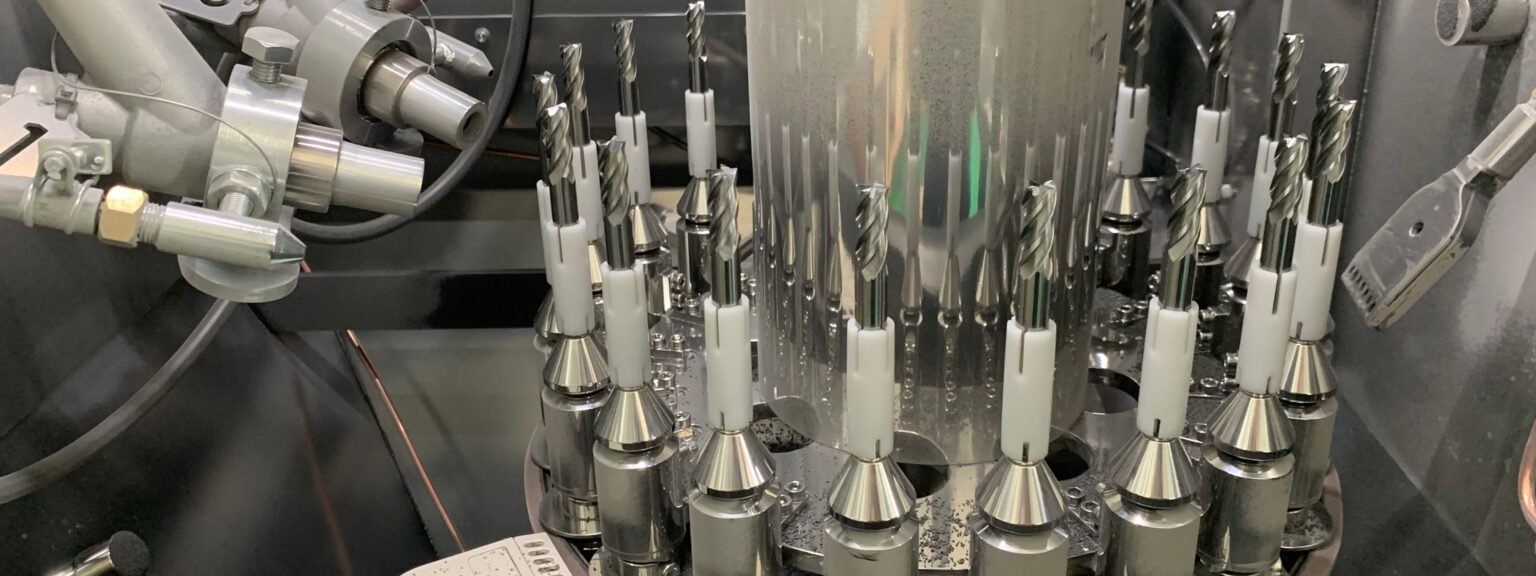1. Generation and conduction of cutting heat
Two, the main factors affecting the cutting temperature
Third, the distribution of cutting temperature
Fourth, the influence of cutting temperature on the workpiece, tool and cutting process
The heat generated by cutting a workpiece with a tool is called cutting heat. Cutting heat is also an important physical phenomenon produced in the cutting process, which has many influences on the cutting process. Cutting heat is transferred to the workpiece, which will cause thermal deformation of the workpiece, thereby reducing the machining accuracy, and the local high temperature on the surface of the workpiece will deteriorate the quality of the machined surface. The cutting heat transmitted to the tool is an important cause of tool wear and breakage. Cutting heat also affects cutting productivity and cost by causing tool wear.
Cutting heat, directly and indirectly, affects the quality, productivity, and cost of cutting processing. Research and master the general laws of cutting heat generation and change, and limit the adverse effects of cutting heat within the allowable range, which is important for cutting production. Significant.
When designing the ONEX090510TN-F10 insert, Enter considered that high-temperature dry cutting would affect the service life of the insert, so a chip return groove was added to the surface of the insert. When the iron filings contact the surface of the blade, the return groove will discharge the iron filings. , So that the iron filings take away most of the heat generated in the cutting process, thereby increasing the service life of the insert.
1. Generation and conduction of cutting heat
Under the action of the tool, the metal being cut undergoes elastic and plastic deformation and consumes work, which is an important source of cutting heat. In addition, the friction between the chip and the rake face, the workpiece, and the flank face also consumes work and generates a lot of heat. Therefore, there are three heating areas during cutting: the shear surface, the contact area between the chip and the rake surface, and the contact area between the flank surface and the transition surface.
As shown in the figure below, the three heating zones corresponding to the three deformation zones. Therefore, the source of cutting heat is the work of chip deformation and the work of friction on the front and flank surfaces.
2. The main factors affecting the cutting temperature
According to theoretical analysis and a large number of experimental studies, the cutting temperature is mainly affected by cutting consumption, tool geometric parameters, workpiece material, tool wear, and cutting fluid. These main factors are analyzed below.
1. The influence of cutting parameters on cutting temperature
Analyze the influence of various factors on the cutting temperature, mainly from the influence of these factors on the heat generated and transferred per unit time. If the heat generated is greater than the heat transferred, these factors will increase the cutting temperature; some factors will increase the heat transferred, then these factors will reduce the cutting temperature and the cutting speed has the greatest impact on the cutting temperature. Increase, the cutting temperature rises rapidly. The influence of the feed rate is second; and when the back-eating force ap changes, the heat dissipation area and the heat generated also change accordingly, so ap has a small effect on the cutting temperature.
2. The influence of tool geometry parameters on cutting temperature
The cutting temperature θ decreases as the rake angle γo increases. This is because when the rake angle increases, the unit cutting force decreases, reducing the cutting heat generated. However, when the rake angle is greater than 18°-20°, the impact on the cutting temperature is reduced. This is because the wedge angle becomes smaller and the heat dissipation volume is reduced.
When the entering angle κr increases, the working length of the cutting edge decreases, the nose angle decreases, the cutting width aw decreases, and the cutting thickness ac increases, so the cutting temperature will rise.
The negative chamfer bγ1 changes in the range of (0-2)f, and the radius of the tool nose arc changes in the range of 0-1.5mm, which basically does not affect the cutting temperature. Because the width of the negative chamfer and the radius of the arc of the tool tip increase, the plastic deformation of the plastic deformation zone will increase, but on the other hand, both of these can improve the heat dissipation conditions of the tool and the heat transfer. Increase, the two tend to balance, so the effect on cutting temperature is small.
3. The influence of tool wear on cutting temperature
After the wear value of the flank reaches a certain value, the impact on the cutting temperature increases; the higher the cutting speed, the more significant the impact. Alloy steel has high strength and low thermal conductivity, so the impact of tool wear on cutting temperature when cutting alloy steel is greater than when cutting carbon steel.
4. The influence of workpiece material on cutting temperature
The higher the strength and hardness of the workpiece material, the greater the power consumed during cutting and the higher the cutting temperature. High thermal conductivity, good heat dissipation and low cutting temperature.
5. The influence of cutting fluid
The influence of cutting fluid on cutting temperature has a great relationship with the thermal conductivity, specific heat, flow rate, pouring method and temperature of the cutting fluid. In terms of thermal conductivity, oil-based cutting fluids are not as good as emulsions, and emulsions are not as good as water-based cutting fluids.
Third, the distribution of cutting temperature
1. The temperature of each point on the shear surface is almost the same.
2. The highest temperature on the rake and flank surfaces is not on the blade, but at a certain distance from the blade.
3. In the shear area, the temperature gradient in the direction perpendicular to the shear plane is very large.
4. There is a large temperature gradient on the layer of chips close to the rake face (referred to as the bottom layer), 0.1-0.2 mm away from the rake face, the temperature may drop by half.
5. The contact length of the flank is small, so the temperature rise and fall are completed in a very short time.
6. The lower the thermal conductivity of the workpiece material, the higher the temperature of the front and flank surfaces of the tool.
7. The greater the plasticity of the workpiece material, the greater the contact length on the rake surface, and the more uniform cutting temperature distribution; on the contrary, the greater the brittleness of the workpiece material, the closer the point of the highest temperature to the cutting edge.
Fourth, the impact on the workpiece, tool and cutting process
High cutting temperature is the main cause of tool wear, which will limit the increase in productivity; cutting temperature will also reduce machining accuracy, causing residual stress and other defects on the machined surface
1. The influence of cutting temperature on the strength of workpiece material and cutting force
Although the temperature during cutting is very high, the cutting temperature does not have a great effect on the hardness and strength of the workpiece material; the effect on the stress in the shearing area is not very obvious. To
2. Impact on tool materials
Properly increasing the cutting temperature is beneficial to improving the toughness of cemented carbide. Because at high temperature, the strength of cemented carbide is relatively high, it is not easy to collapse, and the wear strength will also be reduced
3. The influence on the dimensional accuracy of the workpiece
The workpiece itself expands due to heat, and the diameter changes and the required accuracy cannot be achieved after cutting; the toolbar expands due to heat, and the actual cutting depth increases during cutting, which reduces the diameter; the workpiece becomes longer when heated, but it is bent because it is fixed on the machine tool and cannot be extended freely. , The diameter of the middle part of the workpiece becomes larger after turning.



